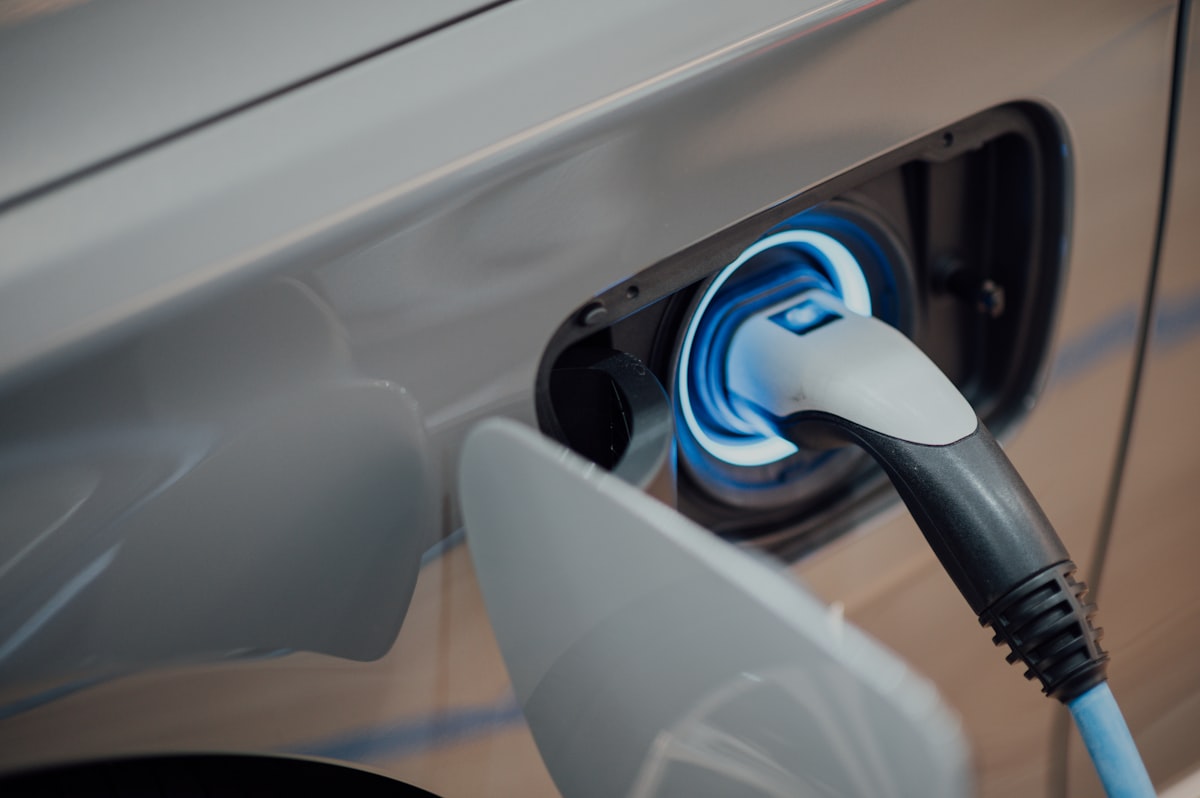The Surprising Challenge of Charging Electric Vehicles: A Closer Look at Ontario's Energy Infrastructure

Electric vehicles (EVs) have been gaining traction as a sustainable solution for reducing CO2 emissions and combating climate change. However, one of the most significant challenges we face is providing enough electric power to charge the rapidly growing fleet of EVs. In this blog post, we will examine the energy requirements for charging EVs in Ontario, Canada, and discuss the implications for the province's power infrastructure.
Understanding the Energy Requirements for EV Charging
Recent studies estimate that the energy used by electric vehicles will be about 30 to 35% of the total electric energy used today. This may not seem like a major issue, but EV owners want to charge their vehicles much faster than the energy is produced. A Tesla Roadster, for example, stores about 75 kWh in its battery, which needs to be replenished quickly for the owner's convenience.

Assuming that 30% of the current total electric energy in Ontario is a reasonable estimate for EV energy needs, we must also account for losses in transmission and charging. Here's a quick breakdown of some basic energy numbers for Ontario based on the 2021 total electric energy:
- 135 TWH (Terawatt Hours) was the total electric energy consumed in 2021.
- 40.5 TWH is 30% of the total electric energy, the added amount required if all cars were electric.
- 5% is an estimate of transmission and distribution losses.
- 15% is an industry estimate of energy loss from charging a wall to car battery.
Considering these factors, we calculate that 5,779 MW of capacity per hour would be needed to support basic one-to-one charging.
The Demand for Faster Charging
There are three main types of EV chargers, each providing different charging speeds:
- Level 1 (L1): 1.3 to 2.4 kW per hour
- Level 2 (L2): 3 to 19 kW per hour
- Level 3 (L3): 50 to 350 kW per hour
To simplify our analysis, let's assume that every electric vehicle will be fully charged in 6 hours overnight. This means we need a capacity of 23,116 MW on the transmission level, which is almost equal to the maximum electric peak in Ontario (25,000 MW).

A Real-World Scenario
To illustrate the impact of EV charging on Ontario's energy infrastructure, let's analyze the available capacity on a specific night in May 2022:
- Nuclear: 9,900 MW
- Hydro: 7,500 MW
- Wind: 4,300 MW
- Bio Fuel: 180 MW
- Total: 21,880 MW (excluding natural gas and solar)
Over six hours, the average demand was 12,304 MW. Adding the 23,116 MW required for EV charging, we would need a total capacity of 35,420 MW. This implies that an additional 13,540 MW is needed to support EV charging alone.
Implications and Solutions
The capacity needed to support EV charging is larger than the energy that cars use, and meeting this demand will require significant investments in energy infrastructure. To put it into perspective, this additional capacity would be equivalent to more than 15 Darlington nuclear units or 135 new 100 MW wind farms.

Energy storage systems, such as pumped hydro storage or battery energy storage, can help bring solar power into play for EV charging. Additionally, charging vehicles during the day when solar energy is available could reduce the overall new capacity required. However, daytime energy tends to be more expensive, which could affect the cost of EV ownership.
This analysis highlights the immense challenge of providing adequate charging infrastructure for electric vehicles. As the adoption of EVs continues to grow, it is crucial to invest in innovative solutions and expand our energy infrastructure to meet the rising demand for clean, efficient, and reliable charging options. By considering energy storage, solar power, and more efficient charging technologies, we can work towards a greener future where electric vehicles play a significant role in combating climate change and reducing our reliance on fossil fuels. Ultimately, this transition will require cooperation from governments, utilities, and consumers to create a sustainable, environmentally-friendly transportation ecosystem for generations to come.






